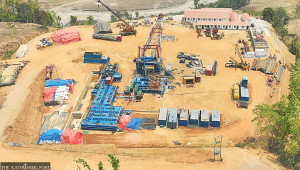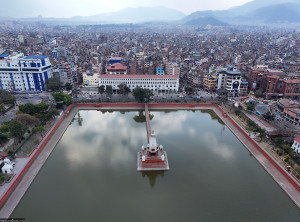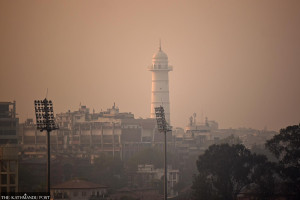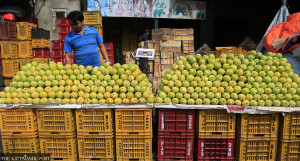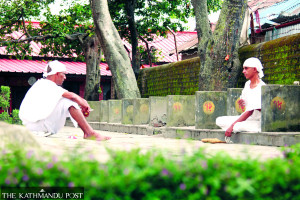Editorial
Breaking my art
An exhibition shows the injustice and violence of the Maoist insurgency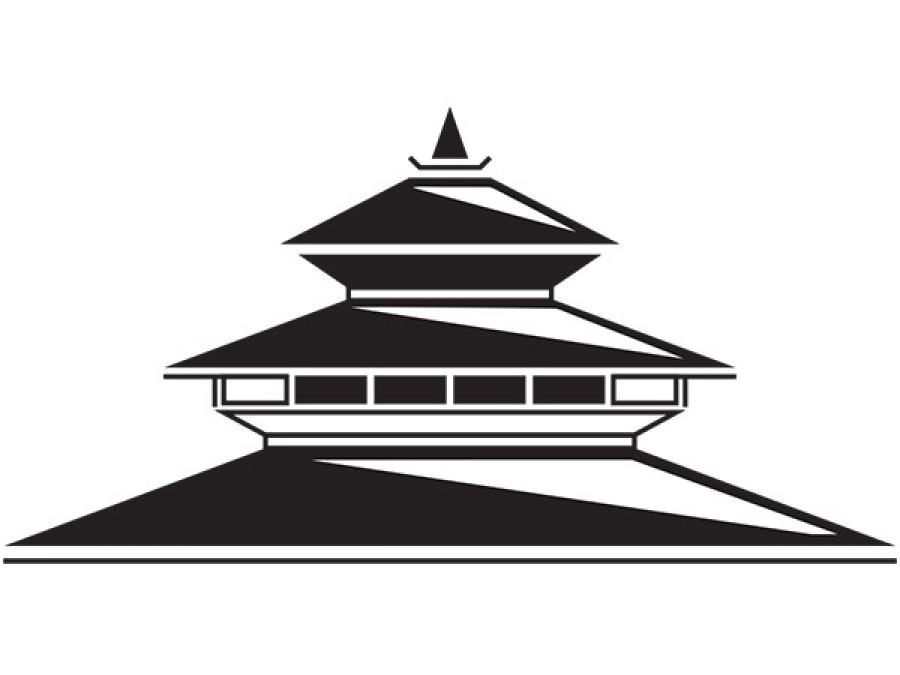
Commonly, assault rifles, tear gas and riot shields are weapons associated with uprisings and protests. But over time, revolutions have not just become a local affair, but a global one. And in a post-internet world, activists have a platform to reach thousands of people miles away who all share a desire for freedom, a voice wanting to be heard and a pain wanting to be felt. Art is one such platform. For long, art has been described as the guardian of any culture. It is a compass into our collective past, but also a doorway to the future. It communicates in a way that demands attention not just from the people in the country, but from other nations and their people. The recently held multimedia art exhibition entitled Memory, Truth & Justice—From the Survivors of the People’s War, which included stories of the survivors of various forms of violence during the 10-year long Maoist insurgency, did just that.
Memory, Truth & Justice—From the Survivors of the People’s War was not just another art exhibition. It illustrated injustice, violence and other painful realities the citizenry had to endure for more than a decade. It was able to capture the frailty that hid behind the use of force. The Maoist insurgency was an important turning point in the history of the country in which 17,886 people lost their lives, 1,530 were disappeared and 8,191 were either disfigured or disabled. It has been 12 years since the state and the Maoist insurgents signed a Comprehensive Peace Agreement to mark the end of the insurgency, yet the mental scars remain—especially when conflict victims have been expressing dissatisfaction over the way the Truth and Reconciliation Commission and the Commission of Investigation on Enforced Disappeared Persons, two transitional justice bodies formed to probe into wartime crime, have been working.
A media-saturated world and an incessant news cycle that demands constant and immediate digestion of current events with negligible action has made us indifferent to many things. Amid such times, thoughtful art can slow us down and, in turn, help us persistently metabolise the bygones. What’s more, engaging in them will not only disrupt the dominant discourse, but pave the way for new discourses, making people feel part of a broader assemblage of matter. Art is about social consciousness and responsibility. And owing to its that very nature, it has been used as a form of resistance for long, be it during the French Revolution, Apartheid or Arab Spring. We are a country that never ceases its search for political saviorism. Given that, art can serve as a light giver and become the slow-burning fuel for action and change.




 21.63°C Kathmandu
21.63°C Kathmandu










